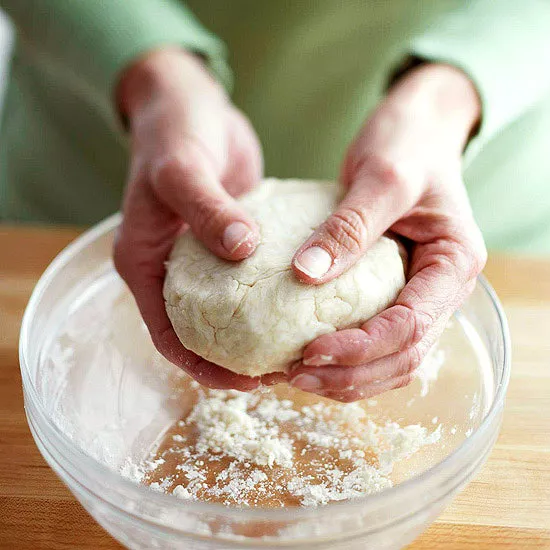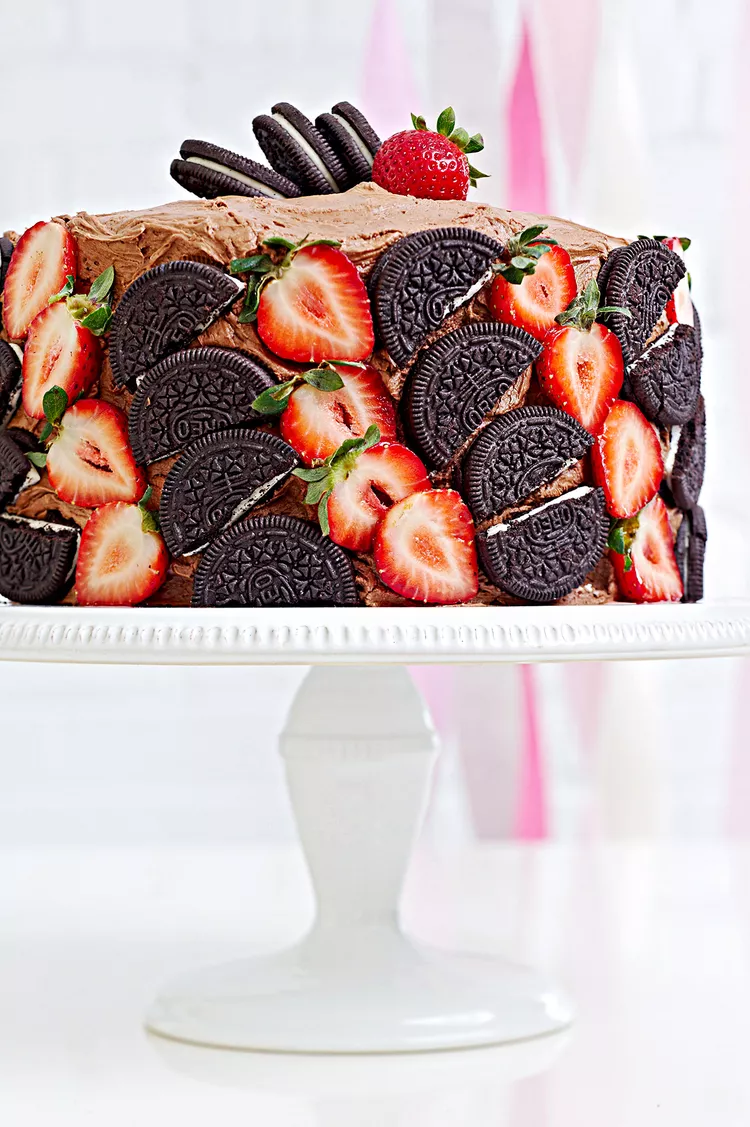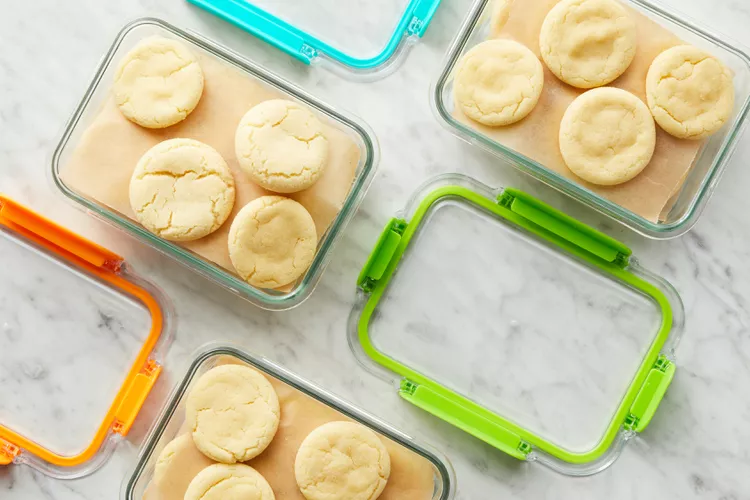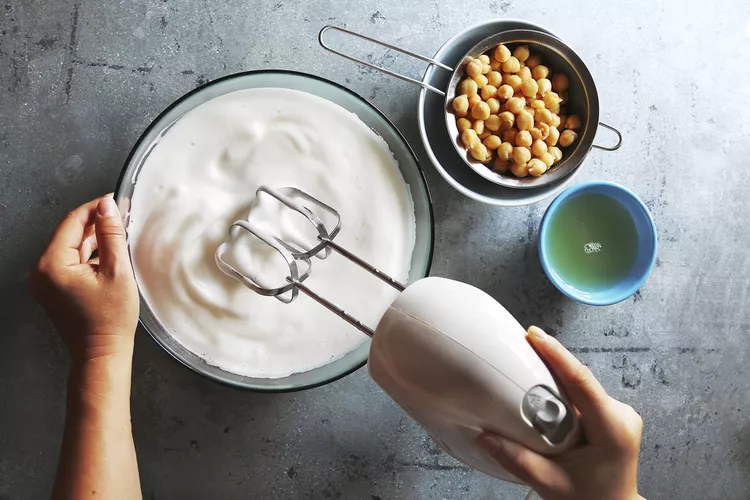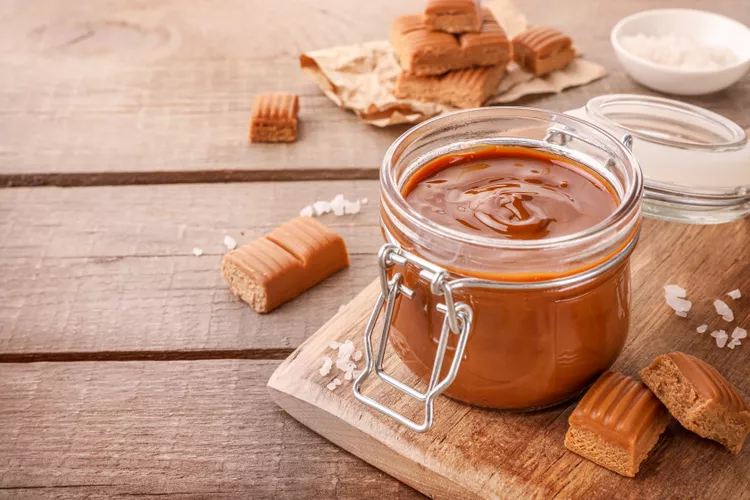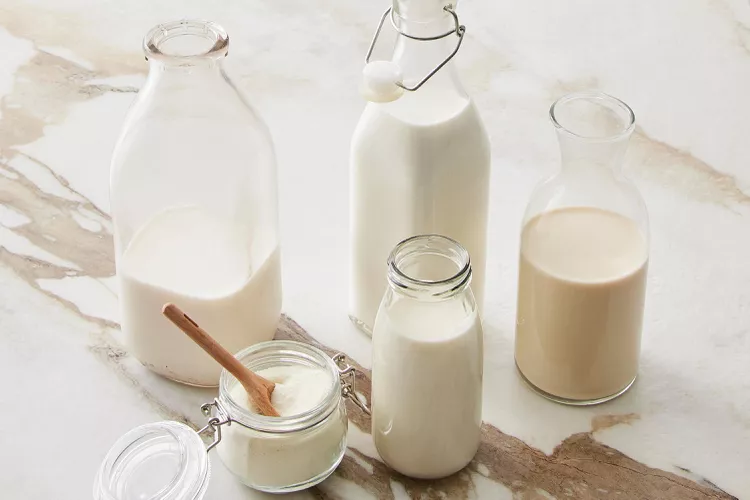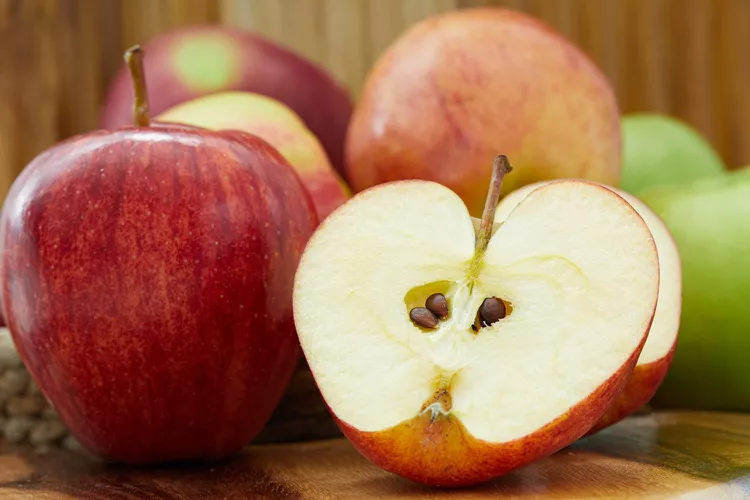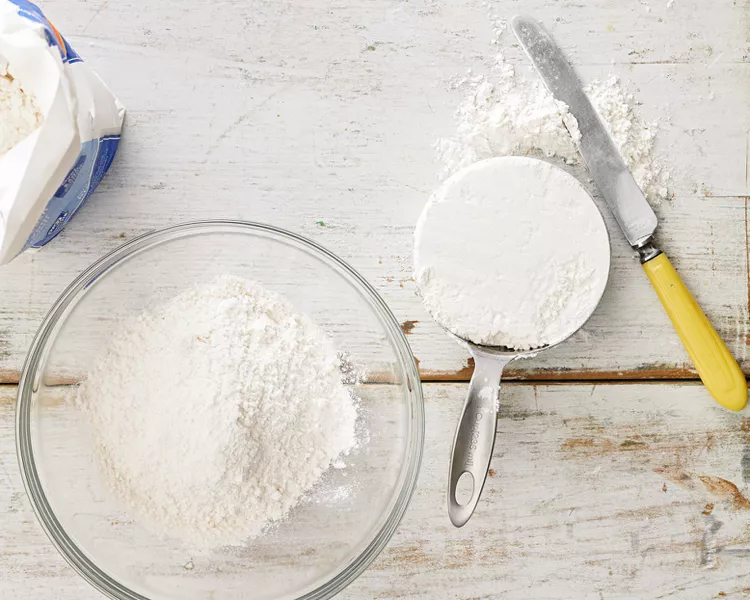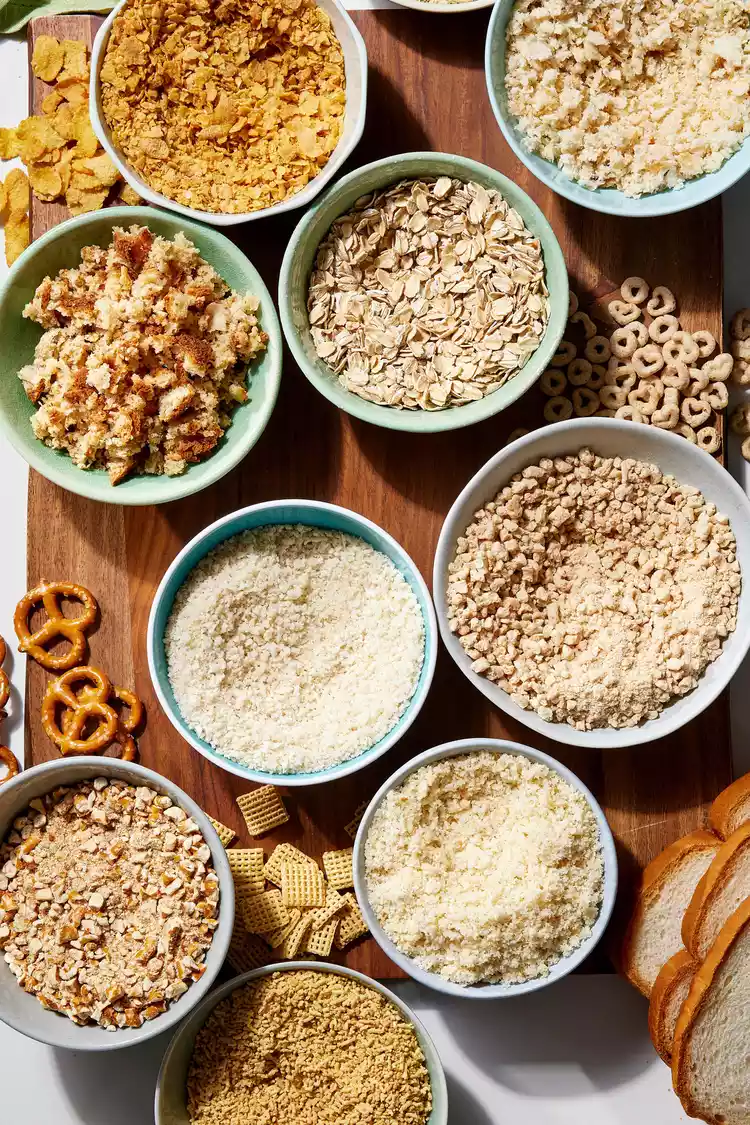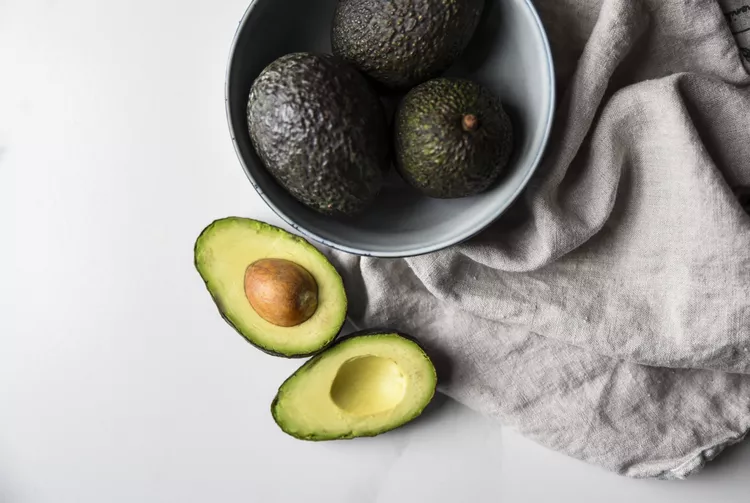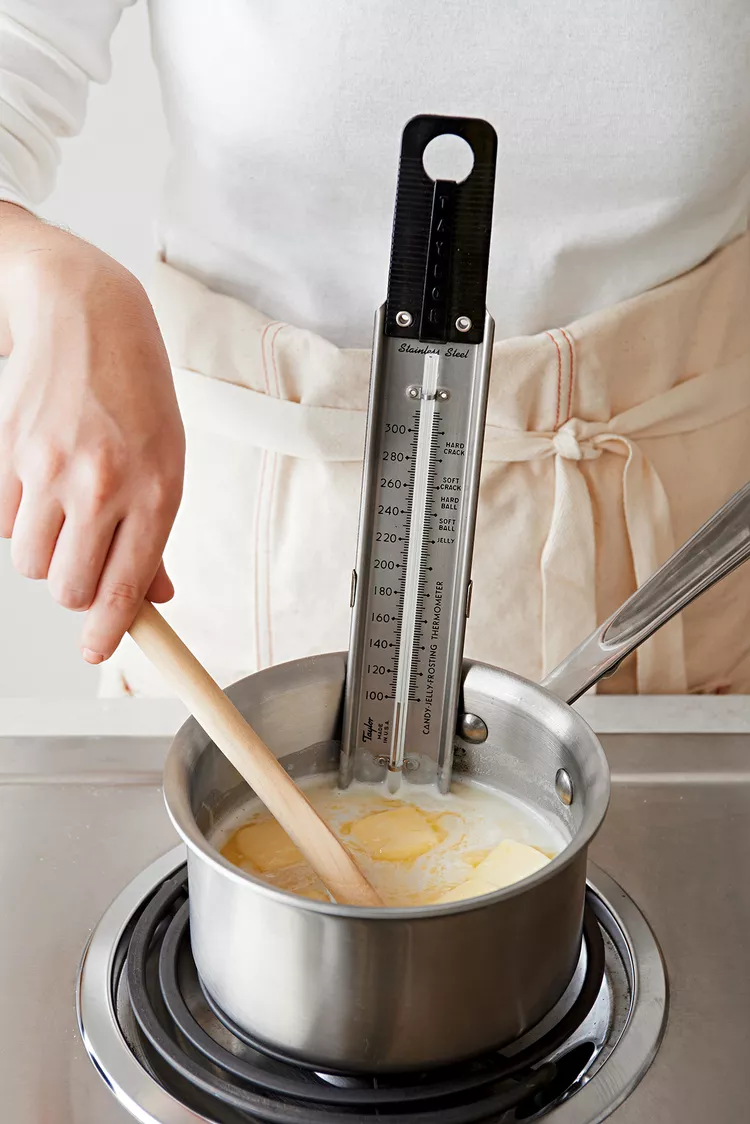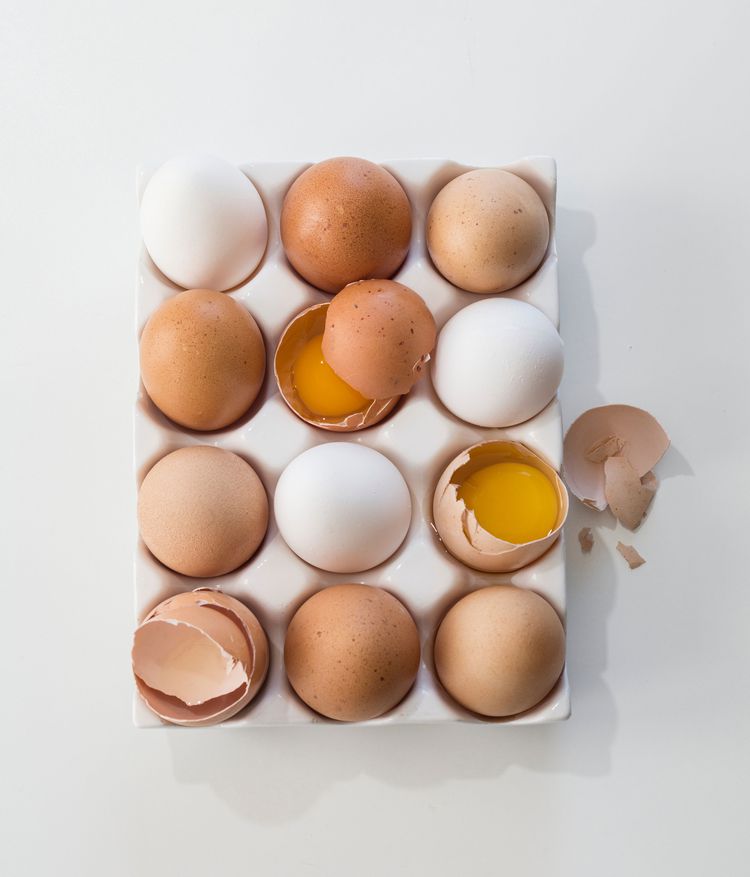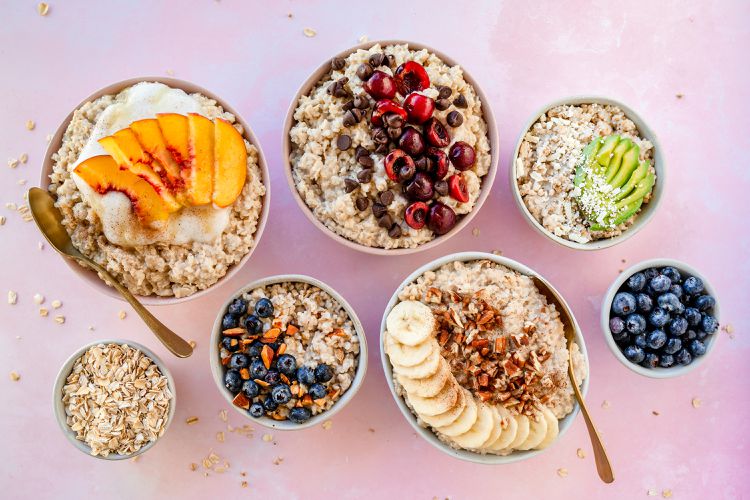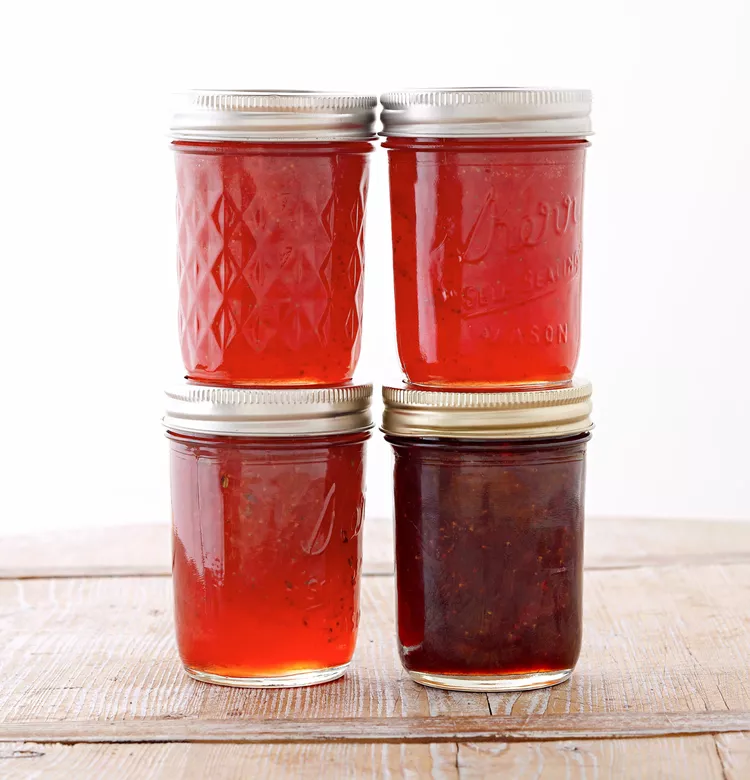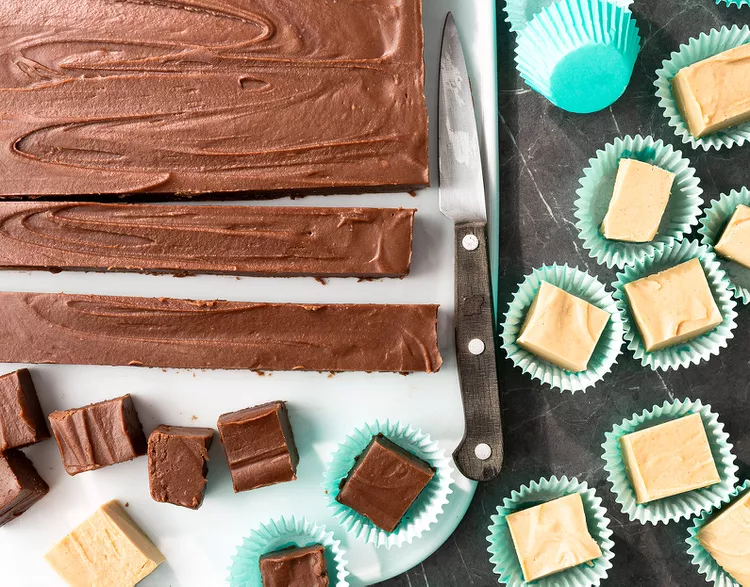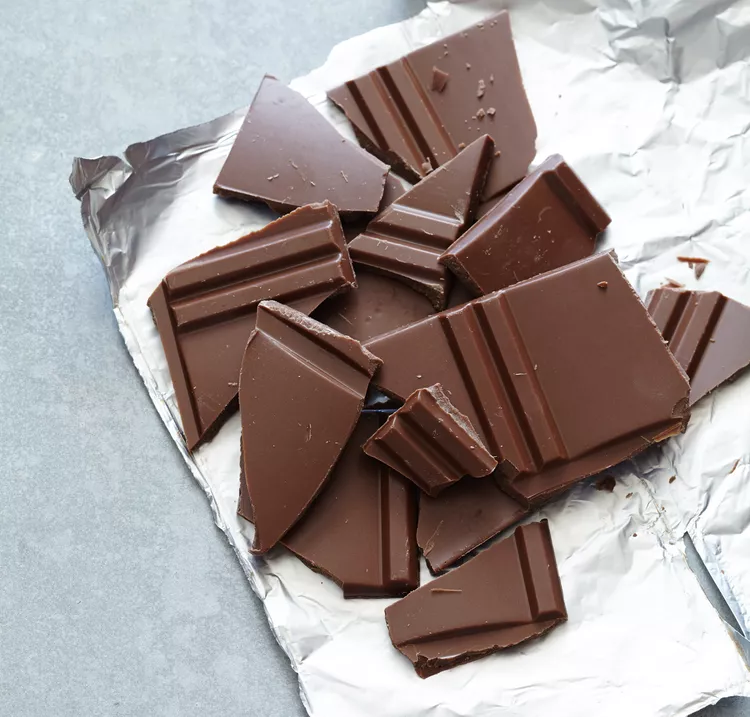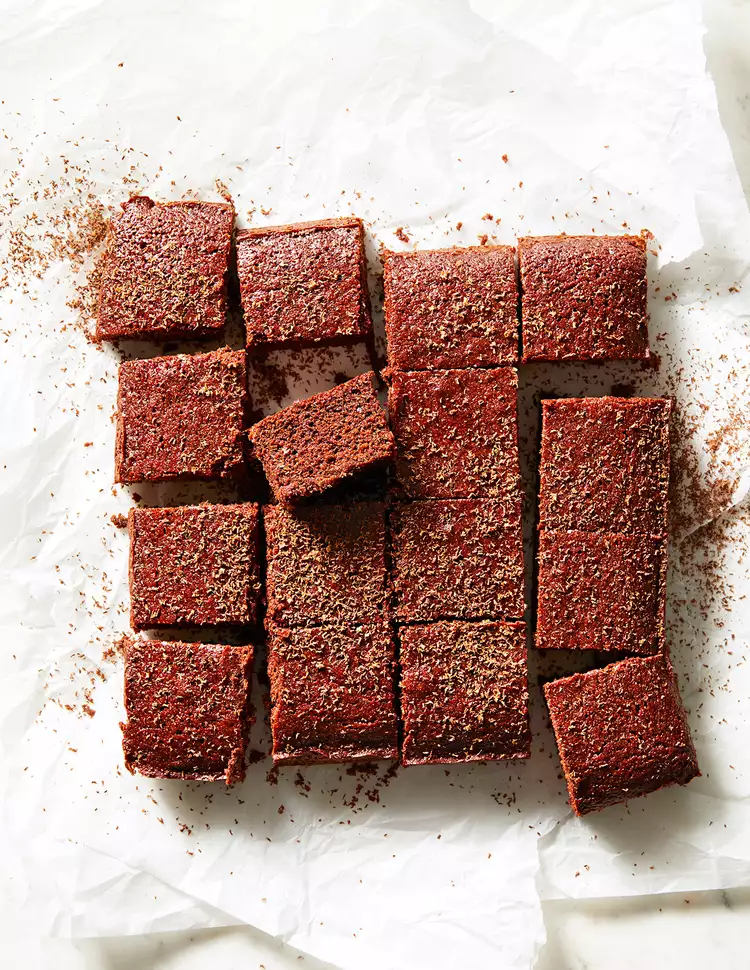Crafting a homemade pie is an art that promises to dazzle as a dessert centerpiece. With just five straightforward steps, you can master the creation of your own
homemade pie crust, add your desired filling, and bake it to perfection. Our comprehensive guide will equip you with the skills to make and bake a pie crust, but for specific instructions on baking temperatures and durations for different pies, it's best to follow a recipe that provides those details.
Step 1: Mastering the Pie Crust
The first decision you'll make is the type of pie crust you want to create, which largely depends on your filling choice. For pumpkin and pecan pies, you'll need to
learn how to make a single-crust pie crust. However, for most fruit pies, such as apple and cherry, a
double-crust pie crust is recommended. Once you've selected your recipe, follow these steps to ensure success:
- Employ a pastry blender to incorporate shortening into the flour mixture, ensuring the pieces are the size of small peas.
- Sprinkle ice-cold water, one tablespoon at a time, over the flour mixture. Toss gently with a fork, then push to one side of the bowl.
- Continue until all flour is evenly moistened. After the flour is moistened, use your hands to gently press and form the dough into a ball.
Step 2: Rolling Out and Transferring the Pie Crust
Transferring a pie crust to the pie plate without tearing, stretching, or breaking it can be challenging for new bakers. However, with these instructions, you'll find the process smoother:
- On a floured surface, roll out the dough from the center to the edge, using a floured rolling pin to form a 12-inch circle with an even thickness.
- Wrap the pie crust around the rolling pin to transfer it to the pie plate.
- Hold the rolling pin over the pie plate, unroll the pie crust starting at one side of the pie plate.
- Ease the pie crust into the pie plate without stretching it.
- Lightly press the pie crust into the bottom and up the sides of the pie plate.
Step 3: Shaping the Pie Crust Edges
Adding a special edge to your pie crust is optional but can elevate its appearance. Here's how to do it:
- Trim the excess dough to 1/2 inch beyond the edge of the pie plate.
- Build up the edge of the pie shell by folding the extra 1/2 inch of pastry under so it is even with the rim of the pie plate.
- To create a fluted edge, place a finger against the inside edge of the piecrust and use the thumb and index finger of your other hand to press the piecrust around your finger, continuing around the full circumference of the pie plate.
Step 4: Adding the Filling and Baking
The final step involves adding your filling and baking your pie. Whether you're creating an
apple pie or a
berry pie, follow these steps:
- Stir together your pie filling according to the recipe. Pour the filling into the unbaked piecrust, ensuring you follow the recipe's instructions for baking the crust before adding the filling.
- Preheat your oven to ensure even baking. To prevent overbrowning, cover the edge of the pie with foil, molding it loosely over the pie's edge.
- Transfer your pie to the oven carefully, being cautious not to spill liquid filling over the edge of the crust (if it's a single-crust pie).
- Check your recipe for the recommended baking time and temperature, typically between 350°F and 375°F. After removing the foil, bake for an additional 20 to 25 minutes or as directed.
Step 5: Ensuring Your Pie is Cooked Through
The final step in pie-making is ensuring your pie is cooked through. Different pies require different tests for doneness:
- Cream and custard pies are done when a knife inserted near the center comes out clean.
- Fruit pies are done when the filling is bubbly and the top crust is golden brown.
- Allow your pie to cool on a wire rack. Some pies, like custard and cream pies, should be stored in the refrigerator, while others are best served warm. Always follow your recipe's serving and storing instructions.
